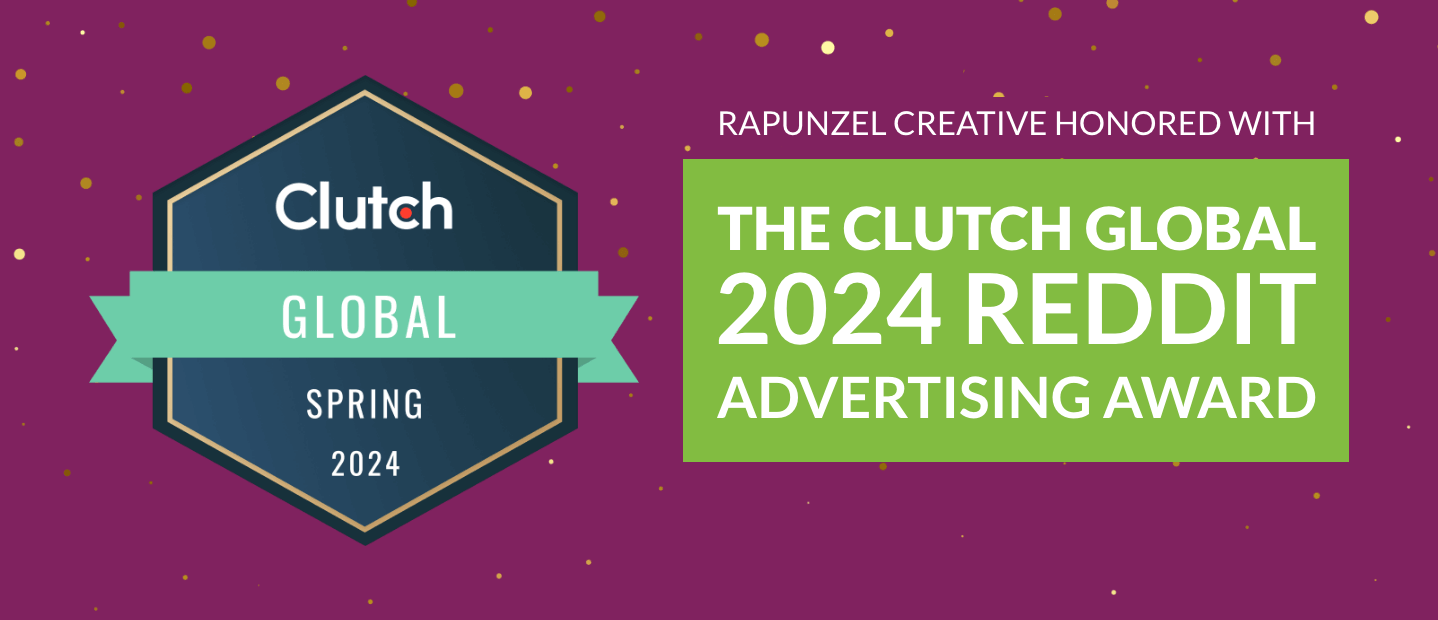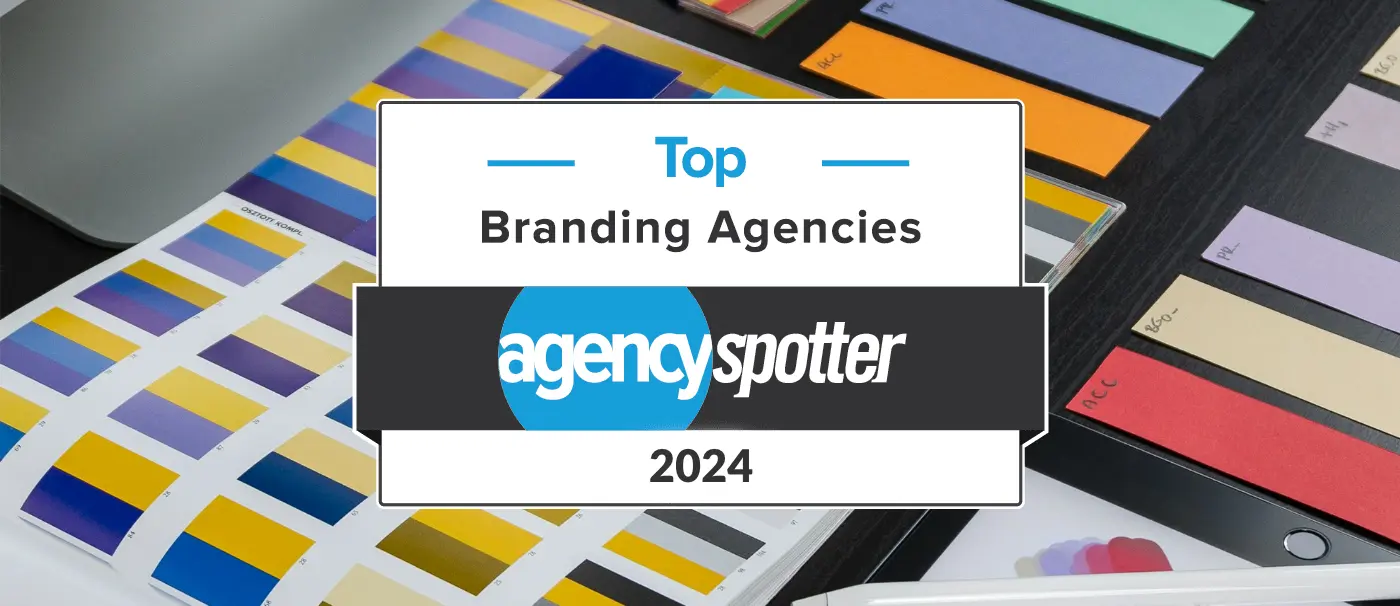
What is the Donor Map Journey for Nonprofits?
We rely on nonprofit organizations to solve difficult and persistent problems in our society, and those organizations in turn depend upon individual, corporate, and foundation donors whose support is the lifeblood keeping them running. So how is that donor support flowing today?
Nonprofit Donor Trends
On the surface, funding trends seem positive. As the U.S. economy has grown, total monetary donations have increased on average to almost $500 billion last year (more than $1 billion a day!). However, despite real year-over-year increases, total donations have remained constant as a percentage of the economy; charitable giving has remained at roughly 2% of GDP since the 1970s.
A deeper dive reveals even greater challenges. With the explosion of new nonprofits during the past two decades, charitable organizations face increased competition for donor dollars. And there are now fewer donors available to cultivate.
- For several reasons, the percentage of Americans who are philanthropically inclined has decreased from about 66% to less than 50% today.
- Of that charitable population, fewer and fewer donors are contributing a greater proportion of gifts, creating highly concentrated revenue dependencies. One recent study concluded that 49% of all donations are given by only 1% of households.
- The average affluent household now gives more than $40,000 to charity, which is more than 17.5 times the amount given by donors in the general population.
So where does this leave our nonprofits, whose mission-centered work is clearly needed today more than ever? They must slog uphill to find new donors, especially a decreasing number of affluent donors, while desperate to keep the ones they already have. Unfortunately, statistics are not positive on this front either. According to the Fundraising Effectiveness Project (AFP/Giving Tuesday), new and recaptured donors are both in decline, organizations are retaining less than half of their donor bases each year, and too many donors are giving only once and then moving on.
We offer some insights and tips below—and will do so over the next few months—to help your nonprofit combat these concerning macrotrends.
Sign-up for Rapunzel Creative’s Monthly Nonprofit Newsletter
Subscribe today and get marketing tips that will help you grow your nonprofit organization!
Creating a “sticky” donor with a donor experience map
For your organization to attract and keep precious donors, you must focus on creating positive donor experiences. One way to achieve this is to use a donor experience map to visualize meaningful and positive journeys, step-by-step for your donors—from the first point of contact to post-donation stewardship activities. The map helps organizations understand the donor’s needs, feelings, and motivations at each stage of the journey and helps nonprofits identify areas for improvement.
How to create a nonprofit donor map journey
The first step to creating a donor experience map is to understand your donors. This involves researching donor demographics, interests, and motivations. You can also conduct surveys, interviews, and focus groups to gather this information. With this data, some organizations create donor personas, fictional representations of the different types of donors who support your organization. Factors such as age, gender, income, and motivations for donating can be grouped together and named as personas. When you have a clear understanding of your primary personas, you can start mapping their donor journeys.
The overall mapping goal is to understand how to communicate with your donor groups and create experiences that resonate with them. The map should include every communication touchpoint the donor will have with the organization, including emails, social media, website, events, and written materials. Consider how donors feel at each touchpoint and how your nonprofit can enhance the experience. This may include improving website usability, creating personalized thank-you messages, or hosting donor appreciation events. The most significant donors should have individualized maps tailored to their specific needs and interests.
Improving your nonprofit donor experience map
Most likely, you will identify pain points or areas for improvement, such as confusing donation pages, slow response times to donor inquiries, or inadequate communication about donations’ impact. Once identified, gather your team to brainstorm solutions for improvement—for example, updating your website, improving communication with donors, or creating a new donation platform. Consider how you can use technology and automation to streamline processes and improve the donor experience.
A donor experience map is not a one-time exercise. Nonprofits should continuously gather feedback and make changes to improve their donors’ experiences. By constantly refining those experiences, you can increase donor retention and attract new donors. By understanding your donors’ motivations and needs, you will increase their lifetime value to your organization, and enhance your brand reputation in the community. Go for it!
Bolster your nonprofit marketing with Rapunzel Creative
Need some help overcoming donor churn? We would be happy to meet with you to discuss your specific challenges, and invite you to share your comments or questions about this or future articles.
About Rapunzel Creative
Rapunzel Creative is an award-winning branding, digital marketing, and advertising agency located in Bergen County, New Jersey, within the New York metro market. Services include business branding, website design, digital marketing (such as social media, SEO, and email marketing) and advertising campaigns. The agency also specializes in nonprofit marketing and branding. Rapunzel Creative is certified by the State of New Jersey as a (WBE) Women Business Enterprise, is a WBENC certified organization, and is a certified SBA and WOSB and approved contractor with the Port Authority of New York and New Jersey.








Stay Connected